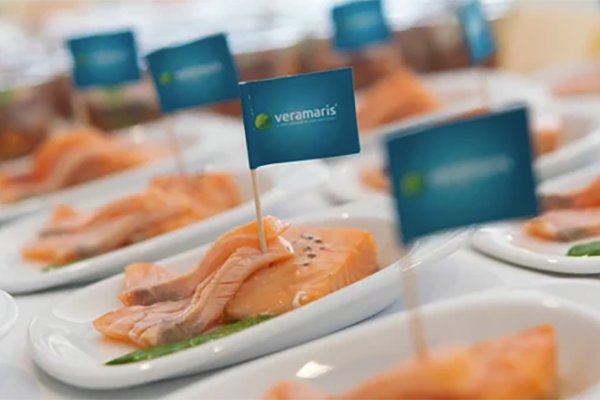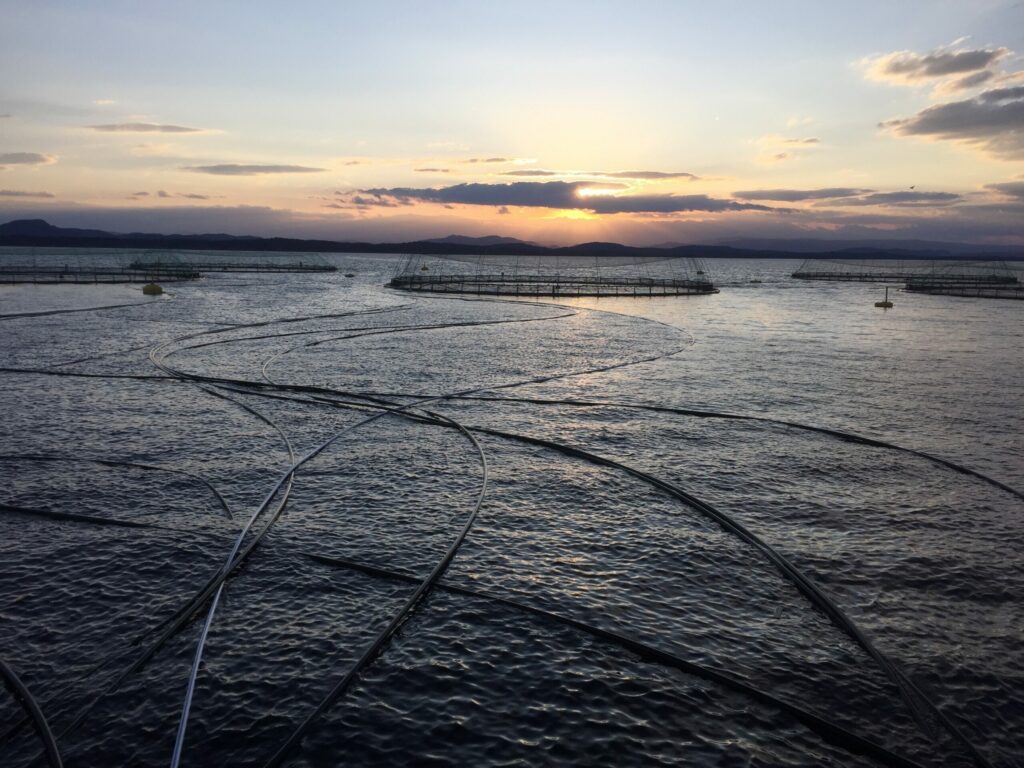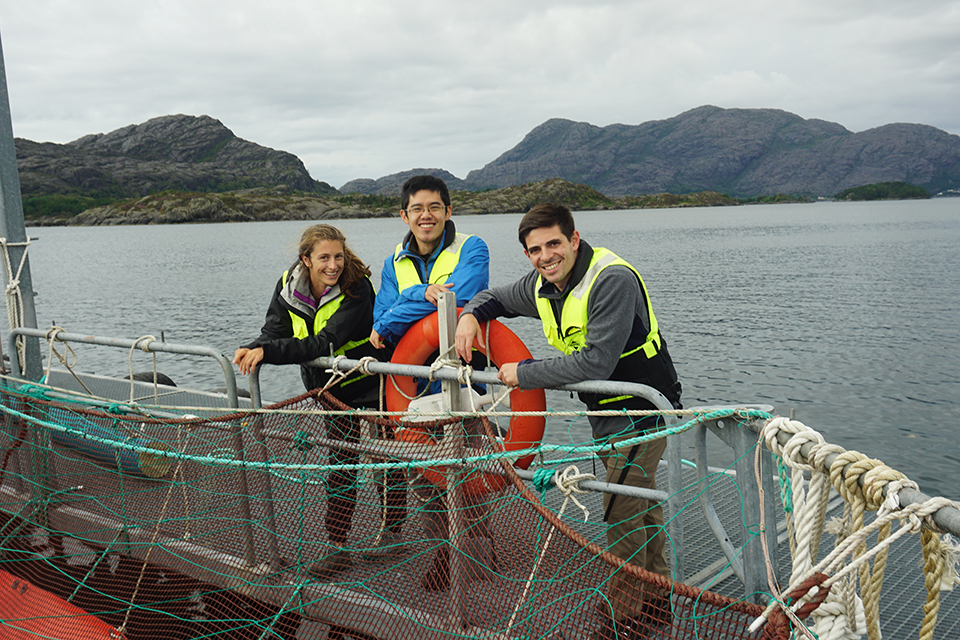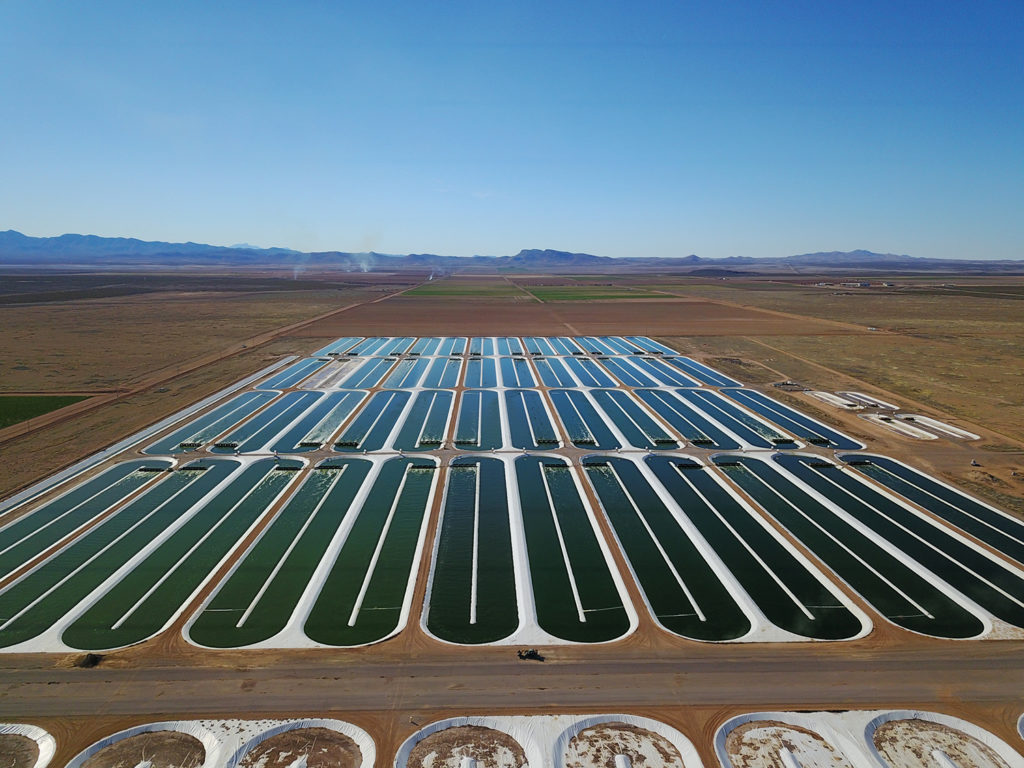Data analysis from 232 million fish and 99 farms reveals benefits of higher dietary EPA and DHA levels in salmon feed

A joint analysis from Veramaris, a producer of algal omega-3 fatty acids, and Manolin, experts in aquaculture data analysis, reveals the benefits of omega-3 (EPA and DHA) levels in commercial salmon feed. The findings uncover how these levels affect the performance, quality, health and well-being of salmon.
Scientific understanding of the benefits of essential fatty acids in fish nutrition is rapidly developing, but the implications for commercial salmon farming proved hard to define. To tackle this knowledge gap, Veramaris recruited Manolin’s experts to conduct research and analyze anonymously provided feed and farm data.
Through its innovative “Harpoon” aquaculture research data intelligence platform, Manolin conducted a focused study analyzing data from most Norwegian production zones to provide insights into the impact of dietary EPA and DHA levels on farmed salmon performance.
“Our platform has collected data from more than 900 generations of farm salmon, producing insights for the aquaculture industry and demonstrating the immense potential of leveraging data intelligence in aquaculture research,” said Tony Chen, CEO of Manolin. “In addition, our anonymous and unbiased data is well-placed for industry collaborations such as this one with Veramaris.”
The implications of the analysis are “far-reaching” and showcase the potential of analyzing data in commercial settings to gain insights into fish performance. The results reveal that above-average EPA and DHA levels in salmon feed led to significant improvements in metrics including harvest quality – with an average of 76 percent more superior harvests recorded – as well as higher feed performance, ultimately benefiting farm profitability.
The project has provided a proof of concept based on big data to unlock the full potential of Veramaris’ Optimum Omega Nutrition (OON) approach.
“The results, which used data from some 232 million fish, have deepened our understanding of the impact of EPA & DHA levels on the performance of farmed salmon,” said Yann Le Gal, global business development manager at Veramaris.
Veramaris’ OON guidelines, used in conjunction with natural marine algal oil, can effectively support fish farmers to ensure animal welfare and performance are maximized, without creating additional strain on the ocean.
Read more about the collaboration here.
Now that you've reached the end of the article ...
… please consider supporting GSA’s mission to advance responsible seafood practices through education, advocacy and third-party assurances. The Advocate aims to document the evolution of responsible seafood practices and share the expansive knowledge of our vast network of contributors.
By becoming a Global Seafood Alliance member, you’re ensuring that all of the pre-competitive work we do through member benefits, resources and events can continue. Individual membership costs just $50 a year.
Not a GSA member? Join us.
Author
Tagged With
Related Posts

Intelligence
New tool enables continuous monitoring of fish farming operations
Manolin has added real-time systems integrations onto its platform, enabling continuous monitoring of fish farming operations.

Innovation & Investment
Manolin begins automated disease alert system for salmon farmers
Norway-based software and data analytics firm Manolin launched a service to automatically alert farmers about nearby non-notifiable diseases.

Aquafeeds
Pond-cultivated algae: Slimy superhero for aquafeeds?
Qualitas Health, which grows algae in ponds in New Mexico and Texas for human supplements, is entering the alternative aquafeed ingredient market.

Innovation & Investment
Aquafeed ingredient AlgaPrime wins GAA Innovation Award
A proliferation of alternative feed ingredients has allowed aquaculture to extend the natural resources it depends on. AlgaPrime, packed with the long-chain omega-3 fatty acid DHA, is being recognized as a game-changing innovation for aquaculture feeds.



